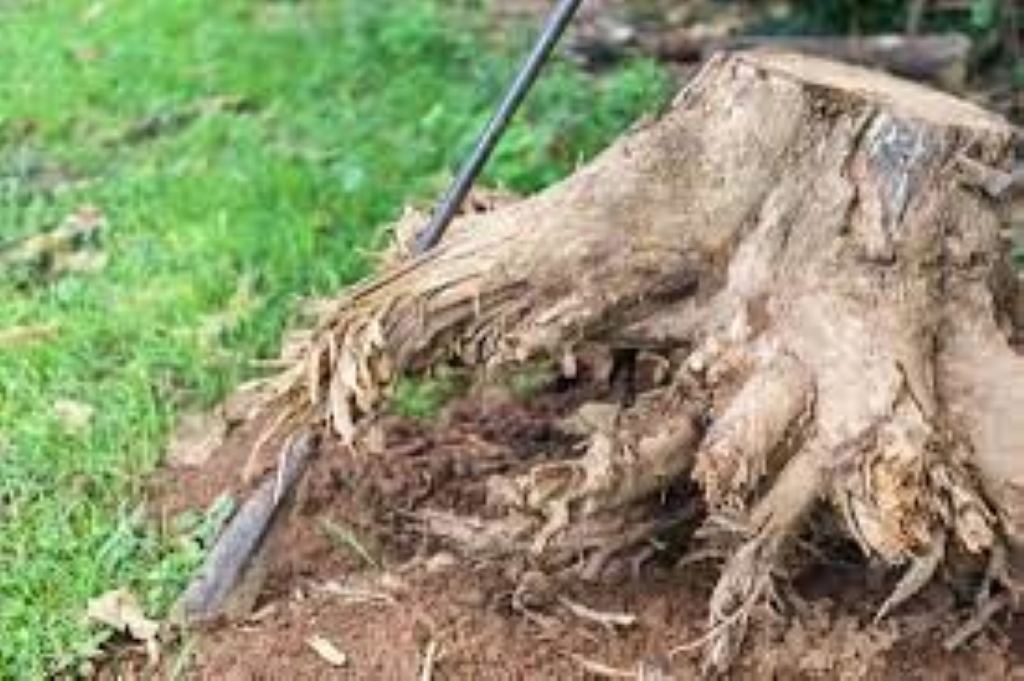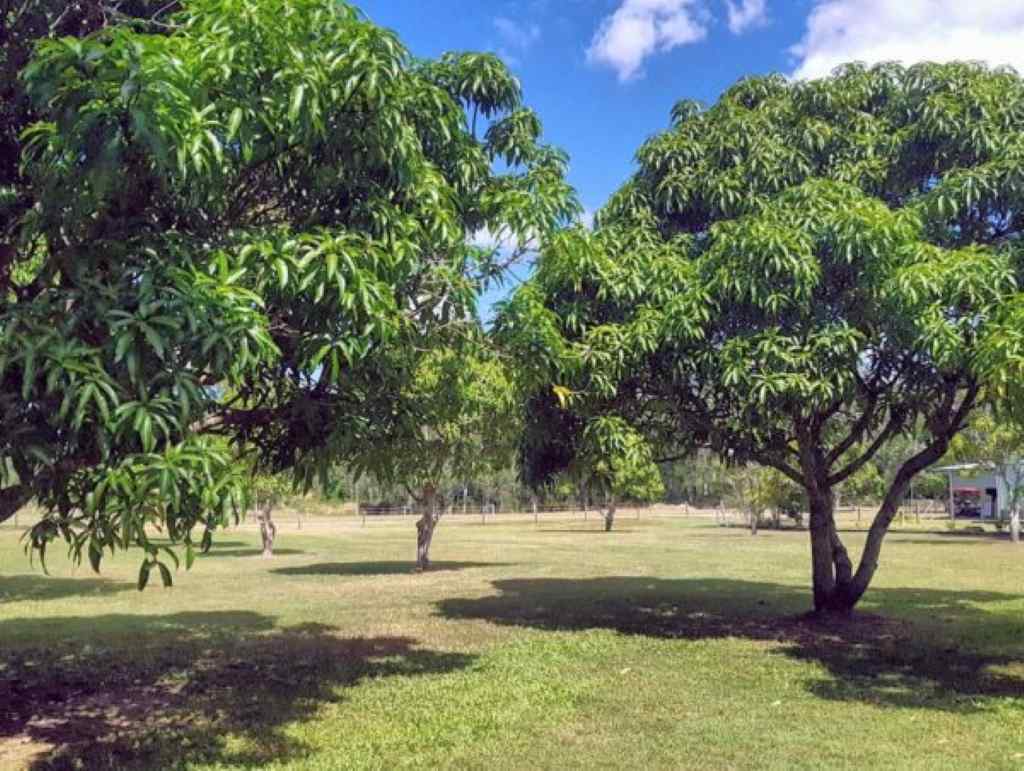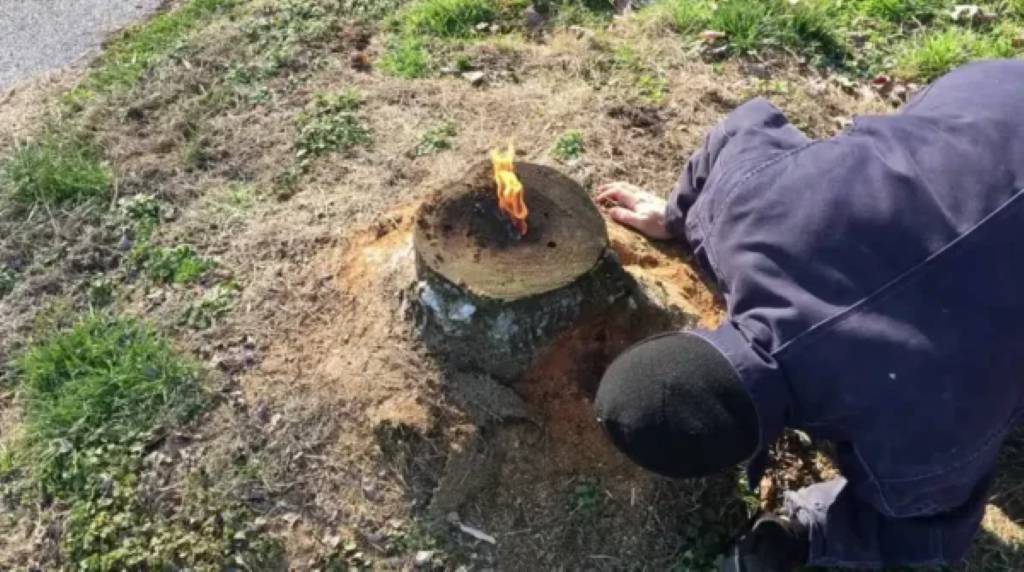Pecan trees are well-known for their delicious nuts and striking beauty, but to ensure their success, it’s critical to understand where they thrive. In this detailed guide; Where do pecan trees grow, we’ll look at the best conditions and sites for pecan tree cultivation, with tips for both novice gardeners and experienced arborists.
The Potential of Pecan Trees
Pecan trees (Carya illinoinensis) have enormous potential for aesthetic beauty and practical utility in landscapes. Towering, graceful stature and large, spreading canopies distinguish these stately trees, making them ideal shade trees for yards, parks, and streetscapes. Aside from their cosmetic significance, pecan trees produce an abundant harvest of tasty nuts valued for their rich flavor and nutritional advantages.
In addition to supplying an abundant supply of healthy nuts, pecan trees help to maintain the ecological balance of their surroundings by providing shelter and food for species like birds and squirrels.
Furthermore, their large root systems help reduce soil erosion and enhance soil structure, making them essential conservation tools. Furthermore, pecan trees have cultural significance in many countries, representing affluence and longevity.
Factors Influencing Pecan Tree Growth
Pecan trees grow and develop differently depending on many important characteristics in their distinct settings. These factors include:
Climate: Areas with mild temperatures and extended growing seasons are ideal for pecan trees. The Southern United States is their preferred climate, with hot summers and moderate winters. Frost can weaken fragile young growth and decrease nut yield.
Soil Quality: Deep, well-drained soils with adequate fertility are necessary for pecan trees to grow to their full potential. The best soils are sandy loams, which retain moisture well and promote healthy root growth without becoming too wet.
Water Availability: During the growing season and the stages of nut formation, pecan tree growth needs adequate moisture. Frequent watering contributes to the productivity and health of trees, especially during dry spells.
Sunshine: Full sun stimulates photosynthesis and overall tree vigor, which is why pecan trees do well in it. For optimal growth and nut yield, plant in a bright, open area.
Effective management of pests and diseases is necessary to safeguard pecan trees against harm resulting from insects, fungi, and other pathogens.
Regular monitoring and prompt interventions maintain the productivity and health of trees. By taking care of these important elements, growers can optimize growing conditions and maximize nut harvests for pecan trees.
Pecan trees in Texas are known for their relatively slow to moderate growth rate, depending on various factors like climate, soil quality, and care. On average, pecan trees can grow about 1 to 3 feet per year in Texas, especially when planted in optimal conditions.
How fast do pecan trees grow in Texas?
Factors Influencing Growth
- Climate: Texas’ diverse climate zones can impact the growth rate of pecan trees. In warmer regions with long growing seasons, pecan trees may grow faster due to extended periods of warmth and sunlight.
- Soil Quality: Well-drained, fertile soils rich in organic matter are ideal for pecan trees. In Texas, soils that are sandy or loamy with good drainage support better growth.
- Watering and Irrigation: Regular watering is essential, particularly during the tree’s early years. Pecan trees require deep watering to encourage deep root development. In Texas, droughts can slow down growth, so supplemental irrigation during dry periods can be crucial.
- Fertilization: Proper fertilization also plays a role. Using nitrogen-rich fertilizers can enhance the growth rate of pecan trees in Texas.
- Pruning: Pruning young trees helps shape them and encourages a strong structure, which can contribute to better growth and fruit production over time.
Growth Stages
- Seedling Stage: During the first few years, pecan trees focus on establishing a strong root system. Visible growth above ground may seem slow during this stage.
- Juvenile Stage: Between 5 to 10 years, the tree starts to show more significant vertical growth, reaching heights of up to 10-15 feet.
- Mature Stage: After about 15-20 years, pecan trees in Texas can reach heights of 40-70 feet, with a spread of 30-50 feet. Although the growth rate may slow down, the tree will continue to develop its canopy and produce nuts.
Where do pecan trees grow best?
The Best Locations for Planting Pecan Trees
Selecting the optimal locations for planting pecan trees is critical to their long-term health and productivity. Here are some things to consider:
Climate: Pecan trees flourish in areas with warm, humid temperatures and plenty of sunlight. The southern United States, encompassing Texas, Oklahoma, and Georgia, offers great conditions for pecan farming because of its lengthy growing season and moderate winters.
Soil type: Pecan trees demand well-drained, deep soils with high fertility. Sandy loam or loamy soils promote appropriate root development and nutrient uptake. Planting in heavy clay soils or waterlogged locations is not recommended because it might impede root growth and cause tree stress.
Water Supply: Adequate water availability is critical for pecan tree growth, particularly during the summer months during the nut maturation period. Pecan production is best suited to areas with reliable irrigation or natural water sources, such as rivers or lakes.
Sun Exposure: Pecan trees require full sunlight to thrive and yield high-quality pecans. Planting in open, sunny areas allows for maximum sunlight exposure throughout the day, which promotes photosynthesis and overall tree vigor.
Frost Protection: Pecan trees are frost-sensitive, particularly during the bud development and flowering stages. Planting in places with a low danger of late spring frosts or installing frost protection measures like windbreaks or overhead sprinklers can help reduce frost damage.
Growers can choose the best areas for planting pecan trees, ensuring excellent establishment and long-term output.
Can pecan trees tolerate cold temperatures?
Pecan trees are generally cold-tolerant; however, their ability to endure freezing conditions varies depending on several factors. While established pecan trees may withstand brief bouts of freezing weather, immature trees, and newly planted saplings are more susceptible to cold damage. Pecan trees’ cold resistance varies according to cultivar as well as the duration and intensity of the cold snap. Some pecan types are more cold-tolerant than others, surviving temperatures as low as -10 to -20°F (-23 to -29°C) for brief durations.
However, extended exposure to freezing conditions can harm the tree’s tissues, buds, and new shoots, resulting in decreased growth and nut production. Growers can increase cold tolerance by selecting cultivars appropriate for their region’s environment, providing enough winter shelter, and avoiding planting in low-lying areas prone to frost pockets. Additionally, mulching around the tree’s base and wrapping the trunk with insulation can help prevent cold harm throughout the winter months.
Conclusion
Finally, when identifying the optimum areas for planting pecan trees, several criteria must be considered, including climate, soil conditions, and water availability. Pecan trees can handle a variety of temperatures, but they thrive in areas with long, hot summers and mild winters. Well-drained soil with a pH of 6.0 to 7.0 is good for pecan tree growth since it promotes nutrient uptake and root development. When choosing a planting site, consider the area’s sunlight exposure, as pecan trees require full sun to yield many nuts.
Furthermore, selecting cultivars that are suited to local climate conditions might improve tree health and output. Growers can improve tree performance and nut production by identifying the elements that influence pecan tree growth and selecting appropriate planting locations. With proper care and management, pecan trees can thrive, providing a nutritious source of pecans for future generations.
FAQS
Do pecan trees self-pollinate?
To produce excellent nuts, pecan trees require cross-pollination with another pecan tree of a different species, as they do not self-pollinate.
How long does it take for a pecan tree to produce fruit?
Pecan trees normally bear fruit 6 to 10 years after planting, with full output reaching approximately 15 years old.
Do pecan trees need pruning?
Yes, regular trimming is necessary to keep pecan trees healthy and structurally sound, promote air circulation, and reduce disease risk.
Which pests and diseases damage pecan trees?
Pecan trees are prone to some pests and diseases, including pecan scab, aphids, and pecan weevils. Proper pest management measures are required to protect pecan trees from damage.





